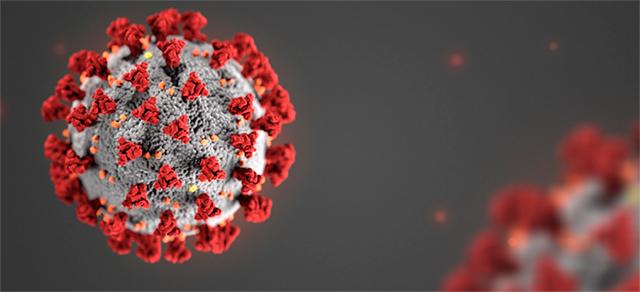SARS-CoV-2, which causes the COVID-19 disease, has killed nearly 400,000, and given the risk factors it is hard to say how many would have been killed by any respiratory disease, but one question is not philosophical: is this the new normal?
Coronavirus was only discovered as novel in the 1960s, which means it is unclear how long it has been around. It has likely been with us for a long time, since it is in the same family as the common cold. But three pandemics in 17 years hitting three distinct regions especially hard -China, the Mid-East, and now America - have experts wondering if this might now be an annual event, like flu.

Credit: CDC
If so, we have to change our ways when it comes to vaccines. The flu is routinely dismissed as a concern. Some refuse to take the vaccine because they are just opposed to vaccines, some don't want to bother unless it is guaranteed to work, and 80,000 people dying from it in 2018 was considered by some to be reasonable because they were at risk from any respiratory distress. COVID-19 changed all that. Countries shut down to prevent its spread. While 400,000 looks like much less than an average flu total, it's hard to say what the numbers would be had no precautions been taken. Using an old, and it turns out unreliable, model, one epidemiologist in the U.K., Professor Neil Ferguson of Imperial College, estimated millions of deaths if nothing was done. Even he didn't take his model seriously enough to stop running off to see his married lover so we're still in Butterfly Effect epidemiological speculation much of the time.
Yet one thing is clear; we dodged a bullet.
Now it may be time to create a medical shield because coronavirus deaths may be annual rather than every six to eight years. The recent paper used 749 cases that occurred in Australia between February 26th and March 31st and then matched the addresses with nearby weather stations to get rainfall, temperature and humidity. They found a similarity with SARS-CoV cases in China and MERS-CoV cases in Saudi Arabia. The colder the temperature, the higher the rates of transmission. Just like flu. But the humidity mattered more, according to the paper. They believe that is because drier air means smaller aerosols and that means a cough could stay suspended in the air longer.
So summertime will see a decline in northern countries but we should watch watch Australia now as a harbinger of next November in this hemisphere. Maybe coronavirus will fade into the background again, but we also need to keep pushing for something like the flu vaccine, where scientists can try and anticipate the next mutation. It won't be a perfect solution, but it is better than the status quo.




Comments